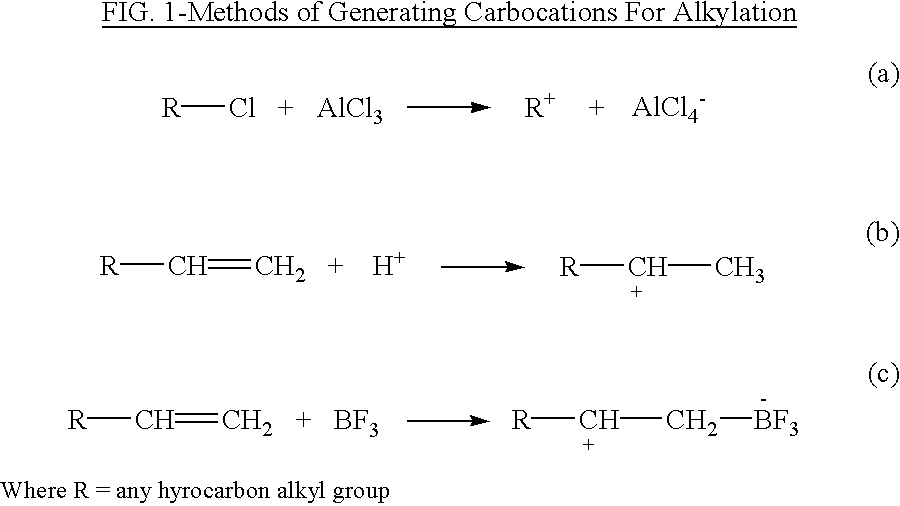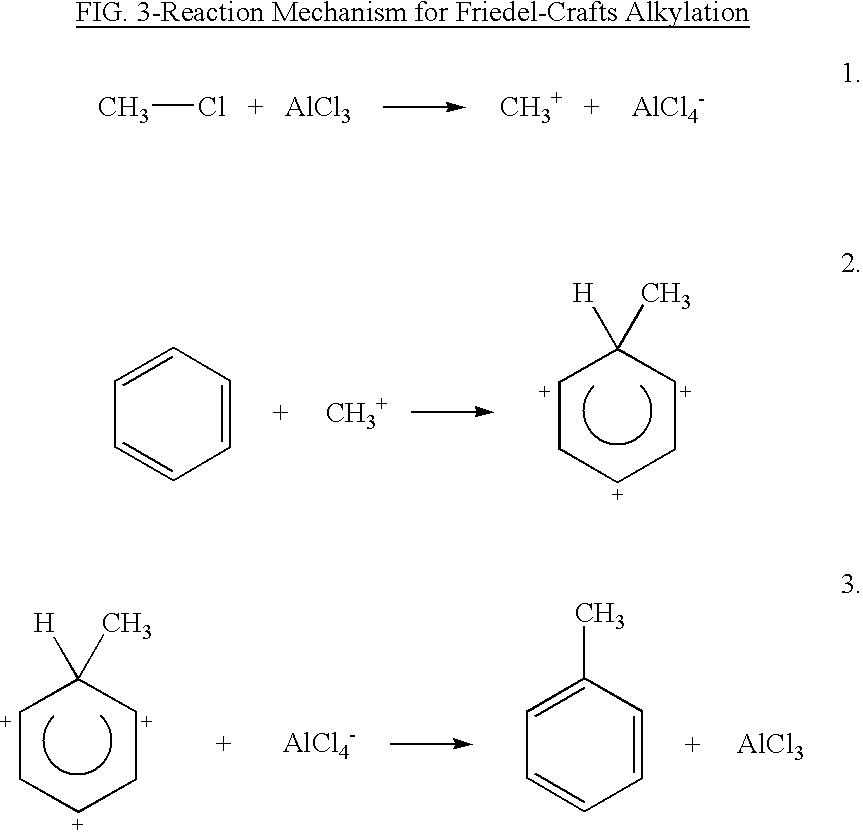Method and composition for the preservation of film
a film and composition technology, applied in the field of film preservation methods and compositions, can solve the problems of insufficient relative humidity of the booth environment, insufficient protective procedures, and increased dust collection on film prints, and achieve the effect of reducing the loss of the ability to lubricate prints at the theater level, and avoiding the use of gloves
- Summary
- Abstract
- Description
- Claims
- Application Information
AI Technical Summary
Problems solved by technology
Method used
Image
Examples
example 2
A print that had been treated in accordance with a formulation having the composition of Example 1, was accidentally exposed to a considerable amount of water coming from a leaking roof. When the film was used following the water exposure, the film still ran perfectly fine and projected flawlessly. By contrast, other untreated prints exposed to similar amounts of water from the same leak were stuck together and very tacky, with the emulsion literally peeling off.
example 3
By placing film moving clamps on the untreated print of Example 2 and standing it upright, thick paper towels soaked with a formulation having the composition of Example 1 were wiped on both sides of the film, literally to the point where the edges of the print were shining with the formulation. After letting the formulation soak in for a few minutes, the film could be threaded up as normal and was run through a freshly soaked set of new media pads. Only the tail end of the film, which was attempted to be unraveled before applying the formulation, wouldn't project. The rest of the print looked fine.
example 4
While the stated average useful life of a print is about 300 runs, a single print film was run for eight (8) months and three (3) weeks at a rate of six shows a day for a total of over 1500 runs. The film was treated during each run using a dry media applicator and the formulation in accordance with Example 1. After the last run, the appearance of the print was in better condition, i.e., no scratches and not a sign of any dirt, than when the print was brand new.
While the emulsion on a print becomes harder the more it is run, typical operation without the present formulation allows dirt to become permanently embedded into the film emulsion before it can sufficiently harden. Using the present formulation before dirt becomes embedded allows the print to be run long enough for the emulsion to harden without dirt accumulating therein. The hardened emulsion is more durable, harder to scratch, and provides noticeable improvements in the image on screen.
PUM
 Login to View More
Login to View More Abstract
Description
Claims
Application Information
 Login to View More
Login to View More - R&D
- Intellectual Property
- Life Sciences
- Materials
- Tech Scout
- Unparalleled Data Quality
- Higher Quality Content
- 60% Fewer Hallucinations
Browse by: Latest US Patents, China's latest patents, Technical Efficacy Thesaurus, Application Domain, Technology Topic, Popular Technical Reports.
© 2025 PatSnap. All rights reserved.Legal|Privacy policy|Modern Slavery Act Transparency Statement|Sitemap|About US| Contact US: help@patsnap.com



